Shirt style: Structure and lining, types and traditions
December 04, 2020BruceDayne#DMTBeautySpot #beauty
The next stage in our Guide to Shirts – after the recent pieces on collars and cuffs – is to compare different approaches brands take to the styles of their shirts.
There are a few different aspects of this, including:
- the cut (wide, slim; short, long)
- the structure (fused or floating)
- the make (steps of handwork, seams and processes)
- and, the details (pockets, buttons, pleats)
In this article, we’ll look at the structure: what the different options are, their various advantages and disadvantages, and the traditions of using them.
There are two basic types of interlining, which are used in the collar, collar band, cuffs and placket of the shirt.
These are defined not by what they’re made of, but by how they’re attached to the shirt: they are either fused (glued) to the outer surface, or stitched around the outer edges (but ‘floating’ in the middle).
There are different types of each lining, including stiffer and softer options, brushed or not. But most importantly, there is also a big variety in weight – from roughly 50g all the way up to 400g.
So a collar that feels like it has no lining at all, might actually have a very lightweight fusing – so light that it effectively disappears after a few washes.
And while floating lining is often seen as being heavier than fusing, it doesn’t have to be. It depends more on which weight you choose. (Below, Fiorenzo of D’Avino talks me through his different weights in his Neapolitan workshop.)
Let’s look at floating linings first.
This is the more traditional method of adding structure and shape to a shirt. Historically these linings would have been linen, but today they’re usually cotton.
A floating lining is cut to the same shape of the collar, band or cuff, and sewn to the shirt fabric around the edges. So it doesn’t move around inside, but you can feel it as a separate layer if you pinch the collar in two hands.
One advantage of this over a fused lining is that it’s easier to create a thicker, stiffer collar, which is the key reason many traditional shirtmakers use it. But in lighter weights, it’s also softer than a fused lining, making it nice on casual shirts.
The fact that the lining can move independently of the shirt fabric also makes it more comfortable – because of the collar, but also because of the collar band, which is constructed in the same way and of course is the part that sits against the neck.
A disadvantage of a floating collar is that it is harder to make. Fused linings can simply be glued to the collar fabric and then cut around. Indeed, most shirt factories can’t make floating collars for this reason – having the fusing to reinforce the collar as it’s made is an integral part of their manufacturing process.
However, none of this means that it a floating collar is always superior. Yes, it is more traditional, harder to do, and only the better or bespoke makers do it. But at PS we know to dig a little deeper than that. None of those necessarily make it better – we’re interested in the outcomes, not the methods or traditions.
The other small disadvantage of a floating collar is that it is harder to iron. You need to work from the point and edges of the collar towards the middle – and do so carefully – to avoid wrinkles.
But as with other quality menswear, this is a pretty poor excuse for avoiding them. If you can’t be bothered to iron properly, use shoe trees, or hang a sodden coat on a hanger, then frankly you don’t deserve nice things.
Fused linings are a relatively new addition to shirts, having become available in the 1930s and undergone various revolutions in quality during the 20th century.
Just as there is a range of weights, there is also a range of qualities, with the best being woven and the cheapest being composites, made in a similar way to fibreboard. Unfortunately, the cheaper end of this spectrum has a habit of giving fused collars a bad name.
The vast majority of shirts in the world today use some type of fused interlining. But some of the best shirtmakers also use fused linings. So while most of the big names – Charvet, Siniscalchi, Turnbull & Asser – only use floating, there are those such as Kiton or D’Avino that use fusing (or some combination of the two).
The reason is partly historical. English makers use primarily floating linings because they traditionally made smarter shirts, originating in formal clothing. Those collars used to be starched, and some even used two layers of lining to achieve a desired stiffness. Even today, their collars are largely designed to be worn with ties, and with suits.
Those stiff collars fell out of favour quicker in places like Naples, where culture and climate encouraged lighter-weight and more casual dress.
But the importance of these traditions can be exaggerated. Certainly, they’re not as important with shirts as they are with tailoring.
Just as big a factor is the availability of machinery. Naples retains a lot of handwork in its clothes because it did not industrialise as early or as widely, and took up fusings because they were cheap and easy – no machinery required.
“A century ago, shirts had much more (and often better) handwork, because labour was cheap. Today labour is expensive, and machinery cheaper,” comments shirtmaker Wil Whiting. “I was recently lucky enough to see a 100-year-old shirt first hand, and the delicacy of the handwork was incredible.”
Still, while a buttonhole machine might only cost £5,000, that’s a lot for a small shirtmaker in a Neapolitan suburb, so the methods remain.
So what are the advantages of fused linings? Why do some of the best makers use them?
One key advantage is that a fused collar moulds better. If you wear a fused collar without a tie, it moulds over the course of the day, shaping away from your chin and tucking under the lapels of the jacket. This ‘S’ shape means the collar will not collapse beneath the jacket, as many floating collars do.
And with a tie, a fused collar looks sharper. Indeed, mainstream shirt brands sometimes use fused collars for dress shirts, floating ones for casual shirts: the opposite of the division of traditions outlined above.
Personally, I see the advantage of floating linings more in casual shirts. If you’re having a casual flannel shirt made, to wear with jeans and boots, then you’re more likely to want the collar and cuff to be soft. “I use very lightweight floating linings in casual linen shirts for that reason,” says Whiting. “You want them to be soft and wrinkle, but still have something in them.”
I’ve also never noticed a difference in comfort between fused and floating lining. I had my shirts made at Turnbull & Asser for several years, and have used others such as Emma Willis, Budd and Charvet. I prefer my fused ones.
The other argument for floating collars is longevity: eventually any fusing will fall apart and start to bubble, where no floating one will. This is true, but with any decent fusing, that will take many years. I’ve had some shirts for more than a decade and never had this issue.
There is of course the option of no lining at all, which is most popular in America but by no means exclusive to it.
I have tried this and it’s noticeably more comfortable. But you lose a lot of the control of the collar, and how it sits within a jacket. That’s fine with a very casual shirt, or one you never intend to wear with tailoring, but probably too much of a disadvantage otherwise.
And then there are combinations of the different techniques. For example, some makers such as D’Avino use a collar construction that – they think – combines the best of both worlds. They have a floating interlining throughout the collar, and then a fused section just in the two ends (shown below). This also means the section that is theoretically more comfortable (the floating) is in the part closer to the neck.
Plus bespoke makers use all manner of combinations to suit their customers’ needs.
One London maker I spoke to for this article said they fuse an extra layer of lining to their floating one, for some clients, to create greater stiffness. One customer wants even stiffer and sharper, and so has two thick layers fused to each other and to the shirt. Another has sections just fused to the tips (similarly to D’Avino) because he always forgets to use collar stays.
In the end, the decision is about outcomes – what you want and how best to achieve it.
All fused linings are not cheap, and do not bubble after a few years. All floating linings are not heavy and stiff. They can be used for different aims, and indeed combined in various ways.
Pay some respect to the rules, by taking the time to understand them. And then make your own decision.
DMTBeautySpot
via https://www.DMTBeautySpot.com
Simon Crompton, Khareem Sudlow

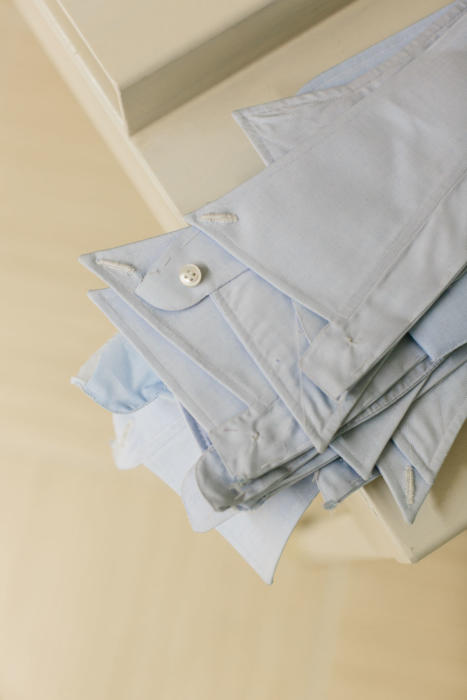
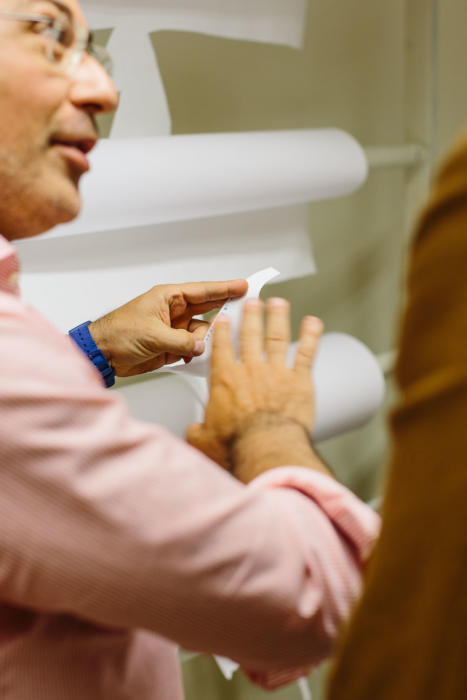
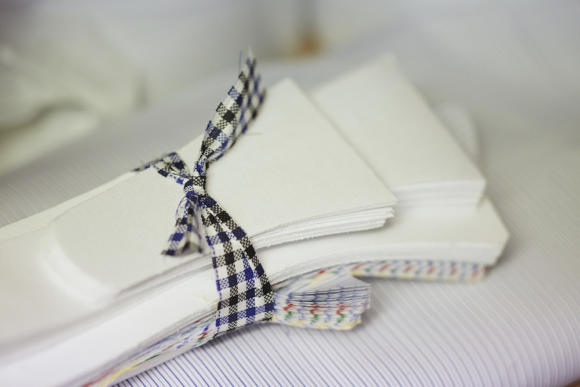
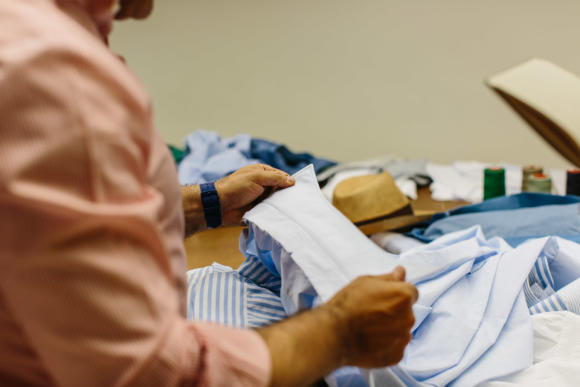
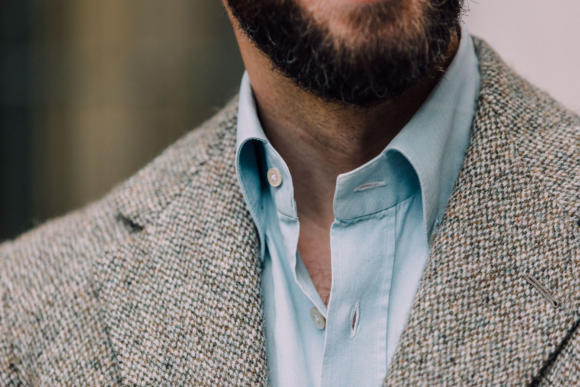
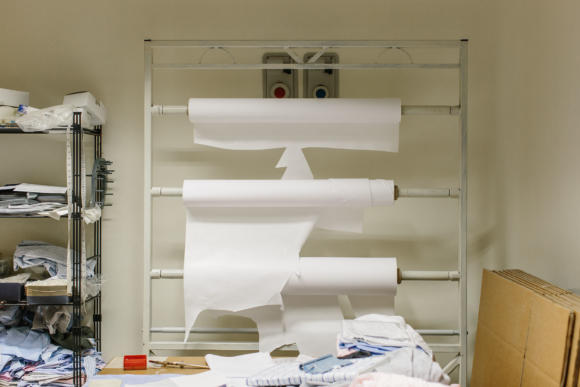
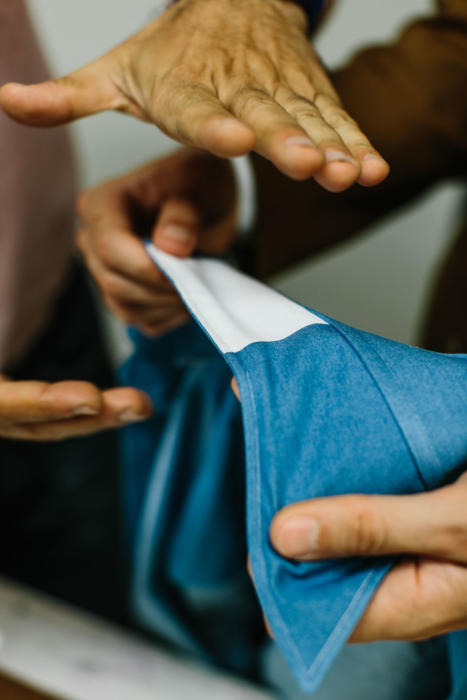
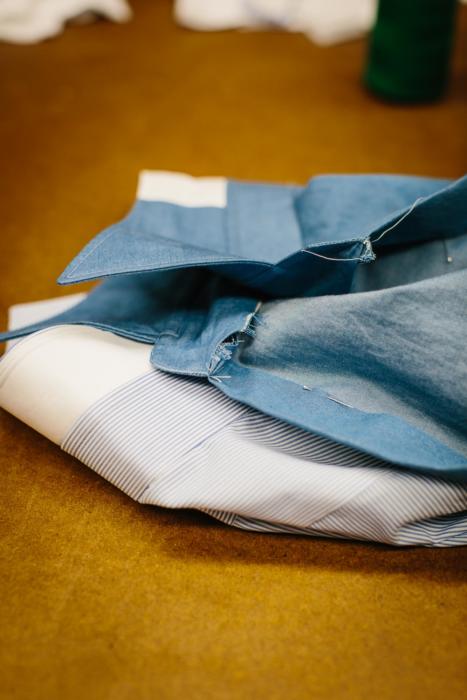


0 comments